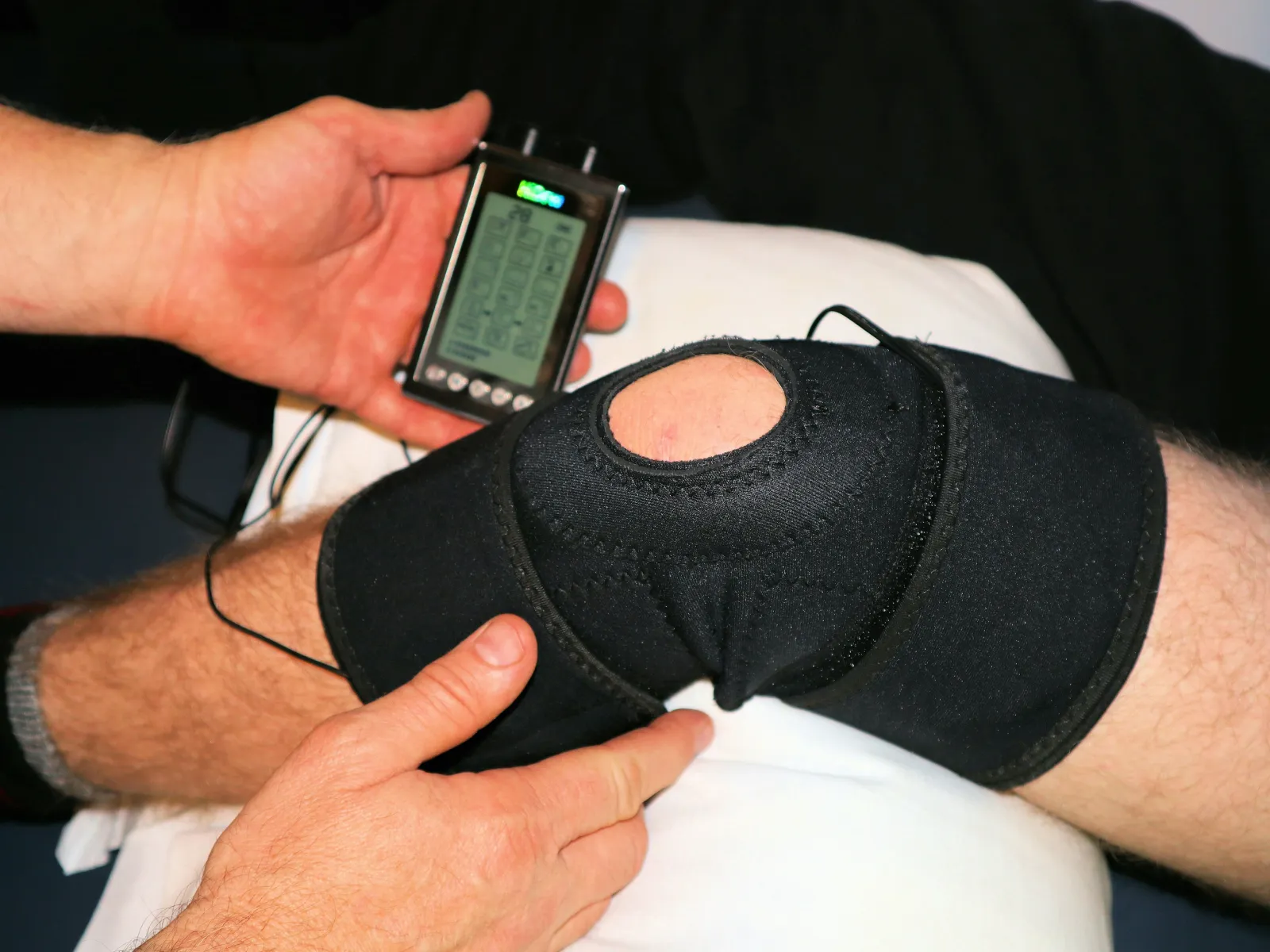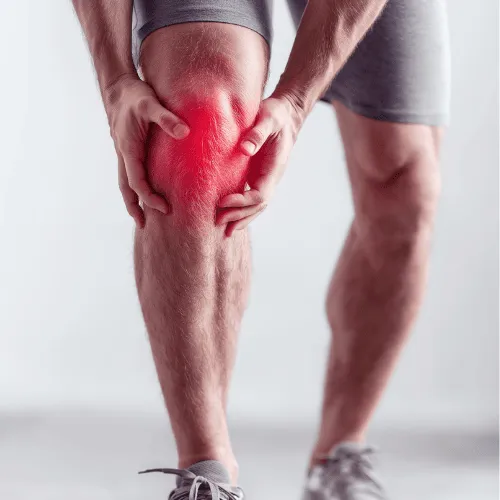Minimally Invasive Procedure for Chronic Knee Pain
Understanding Genicular Artery Embolization

What Is Genicular Artery Embolization?
Genicular Artery Embolization (GAE) is a minimally invasive,
image-guided procedure performed by an interventional radiologist to relieve
chronic knee pain, particularly from osteoarthritis or inflammation.
Unlike surgery or joint replacement, GAE targets the
inflammation in the knee joint by blocking tiny blood vessels (called genicular
arteries) that contribute to pain.
At Advanced Vascular & Vein, our specialists perform this cutting-edge
treatment using advanced imaging technology, providing a safe and effective
option for patients seeking non-surgical knee pain relief.

Is Genicular Artery Embolization Right for You?
You may be a candidate for Genicular Artery Embolization
(GAE) if you suffer from chronic knee pain that hasn't improved with
medication, physical therapy, or injections.
Common candidates include:
- Individuals
with osteoarthritis (mild to moderate)
- Patients
who are not ready or eligible for knee replacement surgery
- Those
with persistent knee pain after surgery or joint replacement
- Individuals
seeking a non-surgical alternative to relieve inflammation and pain
If you're struggling with chronic knee pain and want to
avoid surgery, Advanced Vascular & Vein can determine if GAE is the right
option for you through a comprehensive evaluation and imaging assessment.
Typical Symptoms Treated by Genicular Artery Embolization (GAE)

Aching, throbbing, or burning pain in the knee

Swelling and stiffness

Pain that worsens with walking or activity

Difficulty standing for long periods

Discomfort that affects daily life or sleep
Benefits of Genicular Artery Embolization
GAE offers a modern, effective, and minimally invasive
alternative to surgical treatment for knee pain.
-
Minimally invasive: No incisions or general anesthesia
-
Outpatient Procedure: Go home the same day
-
Fast recovery: Most patients resume normal activity within days
-
Reduced pain and inflammation: Noticeable improvement within weeks
-
Preserves joint function: Avoids damage to cartilage or bone
-
Ideal for non-surgical candidates: Suitable for patients who cannot undergo joint replacement